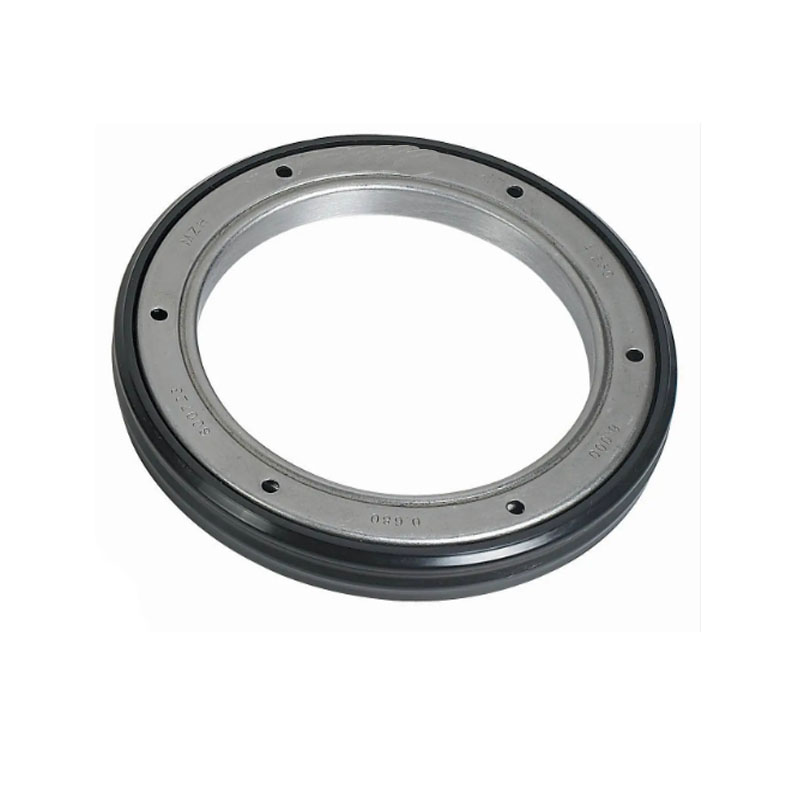Understanding the Importance of a Reliable Transmission Oil Pump Seal in Vehicle Performance
Understanding the Transmission Oil Pump Seal Importance and Maintenance
The transmission system of a vehicle is crucial for its operation, managing the transfer of power from the engine to the wheels. Among the various components of this system, the transmission oil pump seal plays a pivotal role, ensuring optimal performance and longevity. Understanding its function, importance, and maintenance is essential for vehicle owners and mechanics alike.
What is a Transmission Oil Pump Seal?
The transmission oil pump seal is a gasket applied between the oil pump and the transmission housing. Its primary function is to contain the transmission fluid, preventing leakage and ensuring that the pump operates efficiently. The oil pump circulates the transmission fluid throughout the system, lubricating the gears and facilitating smooth gear shifts. A compromised oil pump seal can lead to detrimental effects on the overall health of the transmission.
Importance of the Transmission Oil Pump Seal
1. Leak Prevention The most significant role of the oil pump seal is to prevent transmission fluid leaks. Transmission fluid is vital for lubricating components, cooling the transmission, and providing hydraulic pressure. A leak can result in fluid loss, which can lead to overheating and increased wear on the transmission components.
2. Efficient Operation A properly functioning oil pump seal ensures that fluid circulates correctly within the transmission. This circulation is critical for maintaining hydraulic pressure, which is necessary for the gear shifting mechanism. A faulty seal can hinder performance, leading to rough shifting or complete transmission failure.
3. Extending Lifespan By preventing leaks and ensuring efficient operation, the transmission oil pump seal contributes to the overall longevity of the transmission. Regular maintenance and timely replacement of worn seals can save owners from expensive repairs or full transmission replacements in the long run.
Signs of a Bad Transmission Oil Pump Seal
transmission oil pump seal

Recognizing the signs of a failing oil pump seal is crucial for intervention before significant damage occurs
. Some common indicators include- Fluid Leaks If you notice transmission fluid pooling beneath your vehicle, especially near the oil pump, it may indicate that the seal is compromised. Transmission fluid is usually reddish or brown, making it easier to identify.
- Transmission Overheating Low transmission fluid levels due to leaks can cause overheating, resulting in erratic or uncontrollable shifts. If the transmission fluid temperature warning light activates, have the system checked immediately.
- Unusual Noises Grinding or whining noises from the transmission can suggest that the fluid is low or that the internal components are suffering from inadequate lubrication.
Maintenance and Replacement
To maintain the health of the transmission oil pump seal, regular inspections are recommended. Mechanics should check for signs of wear and tear, particularly during routine maintenance services. If the seal appears damaged or leaks are detected, replacing it should be prioritized.
Replacing the transmission oil pump seal typically involves draining the transmission fluid, disassembling the oil pump, removing the old seal, and installing a new one before reassembling the components. It’s advisable to consult a professional mechanic for this task, as improper replacement can lead to further issues.
Conclusion
The transmission oil pump seal may seem like a small component, but it plays a vital role in the performance and longevity of a vehicle's transmission system. By understanding its function and maintaining it properly, vehicle owners can ensure smoother operation, prevent costly repairs, and extend the lifespan of their transmission systems. Regular checks and immediate attention to signs of wear can make a significant difference in preserving the integrity of the transmission.
-
The Ultimate Guide to Boat Propeller Bearings and Trailer Wheel Bearings
News Jul.31,2025
-
The Essential Guide to Marine Bearings and Boat Trailer Wheel Bearings
News Jul.31,2025
-
The Complete Guide to Heavy Duty Seals: Protecting Doors and Spaces Efficiently
News Jul.31,2025
-
Essential Guide to Marine Shaft Bearings and Boat Trailer Axle Bearings
News Jul.31,2025
-
Comprehensive Guide to Marine and Trailer Bearings for Safe Boating and Transport
News Jul.31,2025
-
Comprehensive Guide to Automotive Oil Seals: Protecting Your Engine and Shafts
News Jul.31,2025
-
Understanding Automotive Oil Seals: Essential Components for Engine and Shaft Protection
News Jul.30,2025
Products categories















